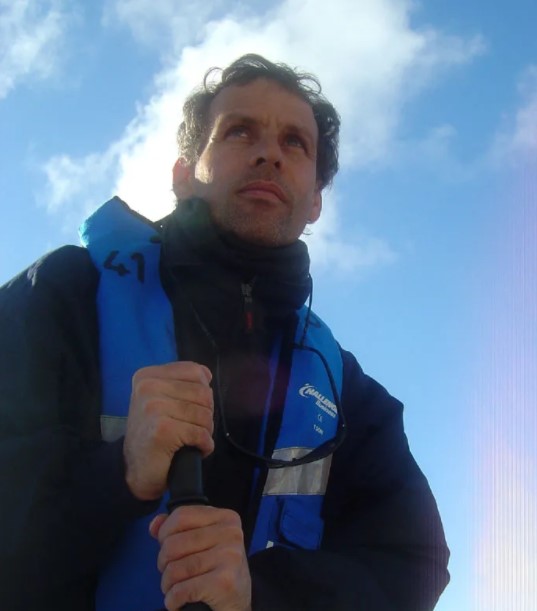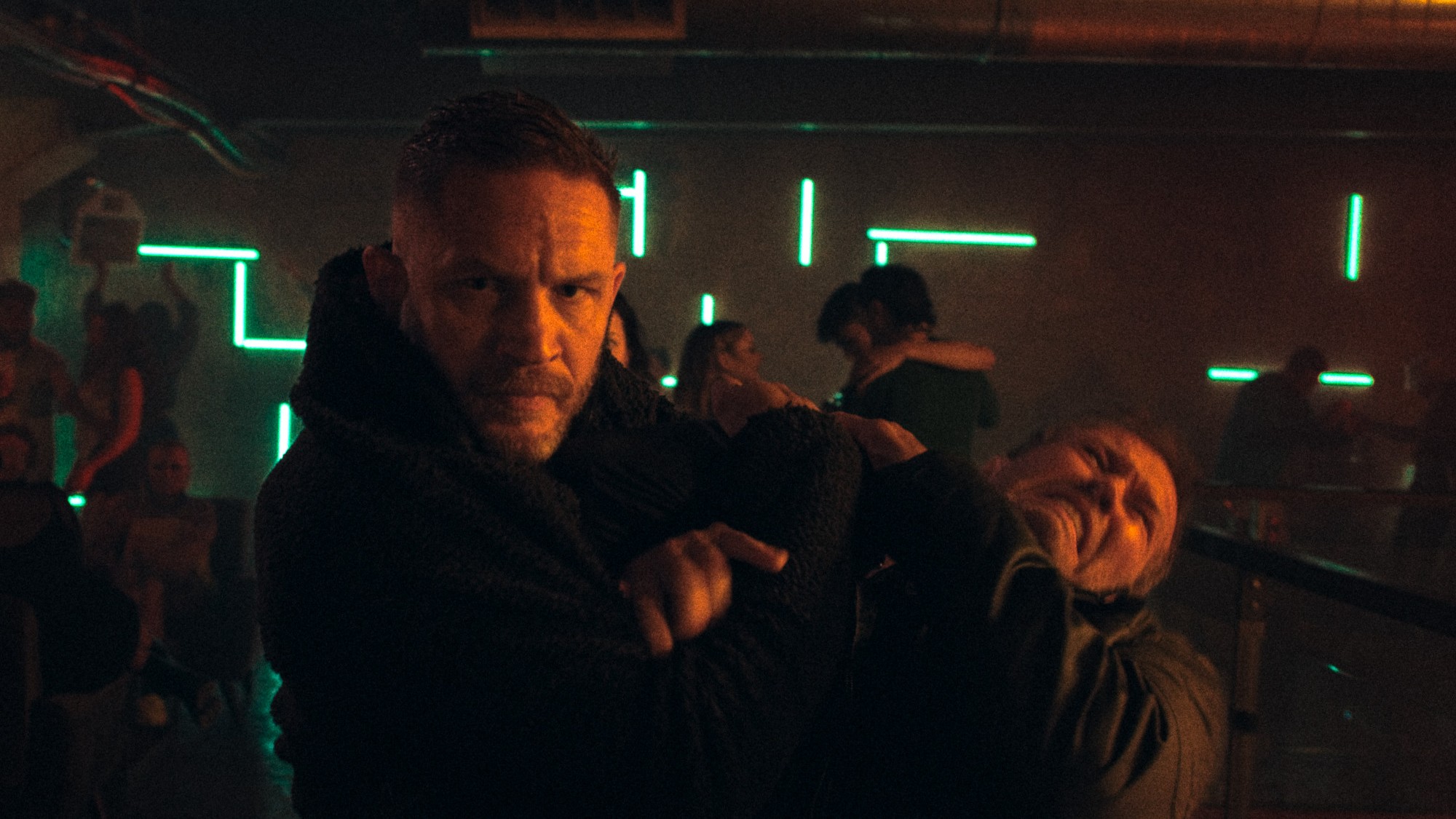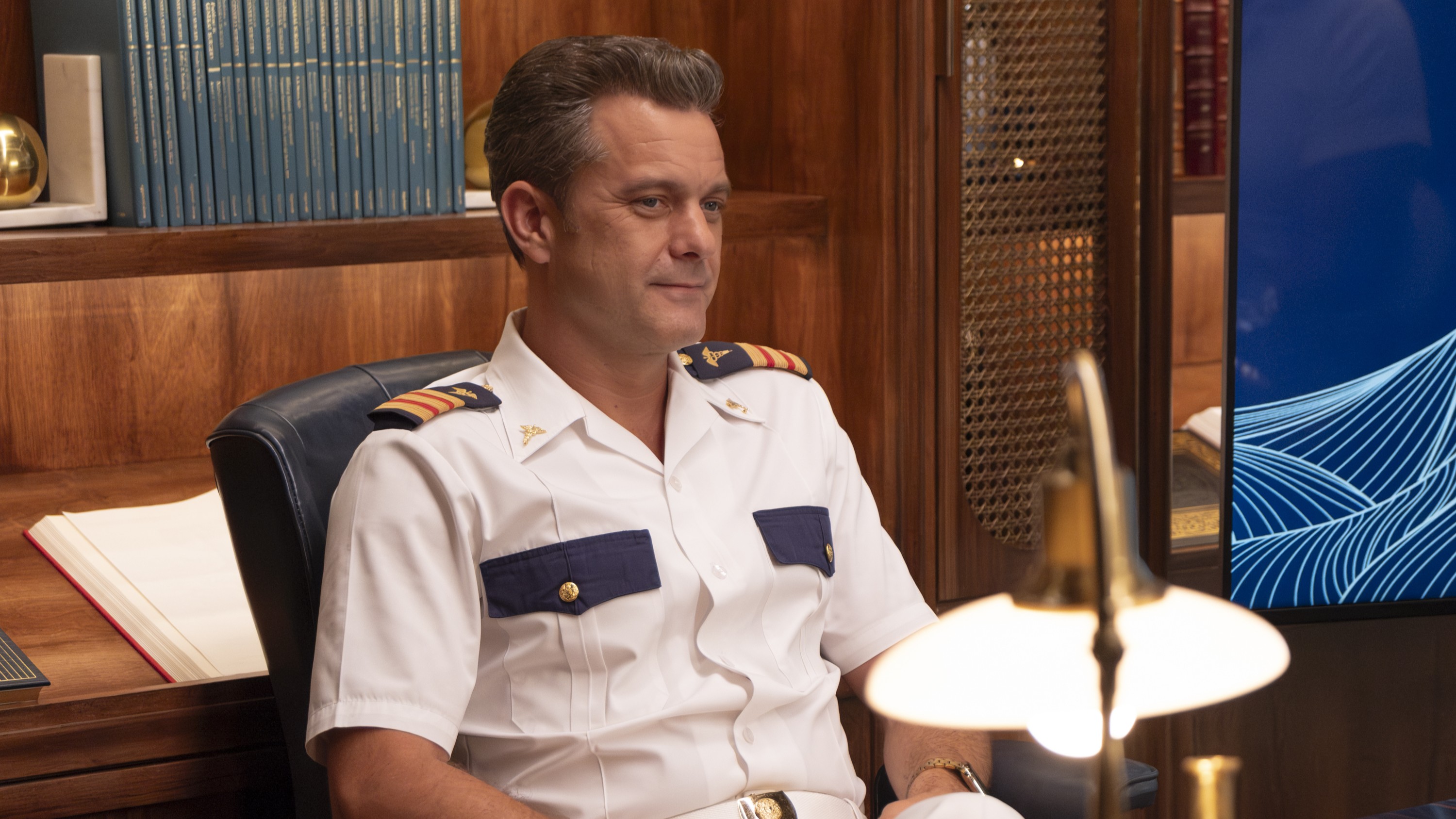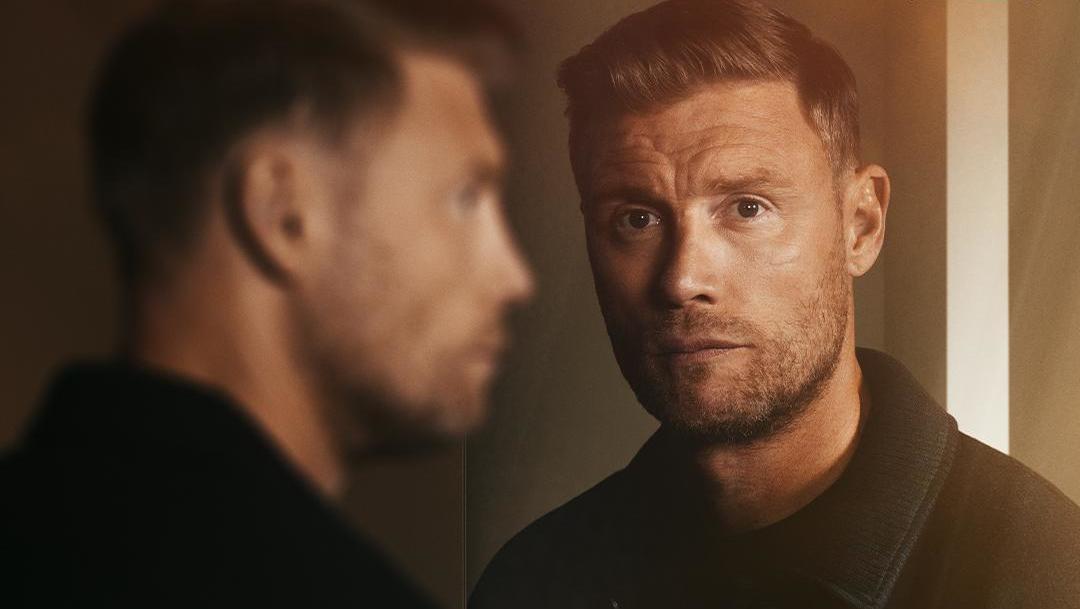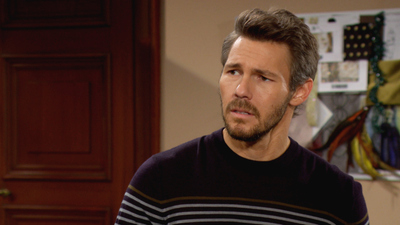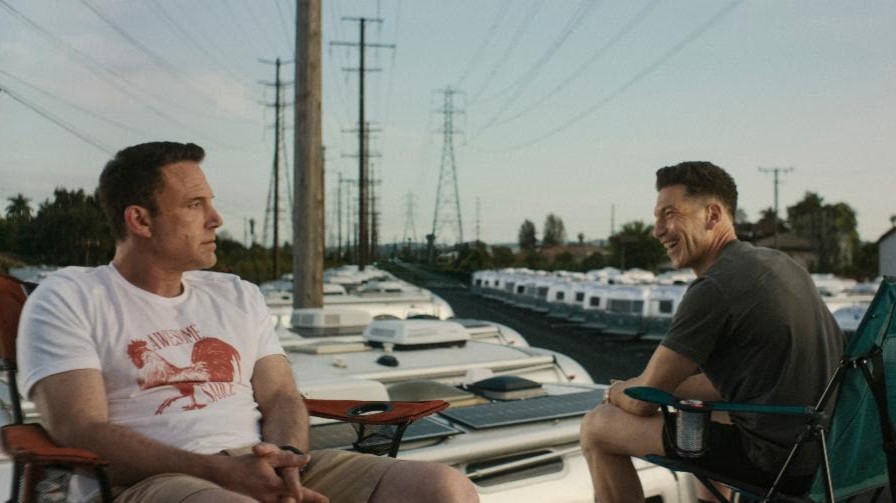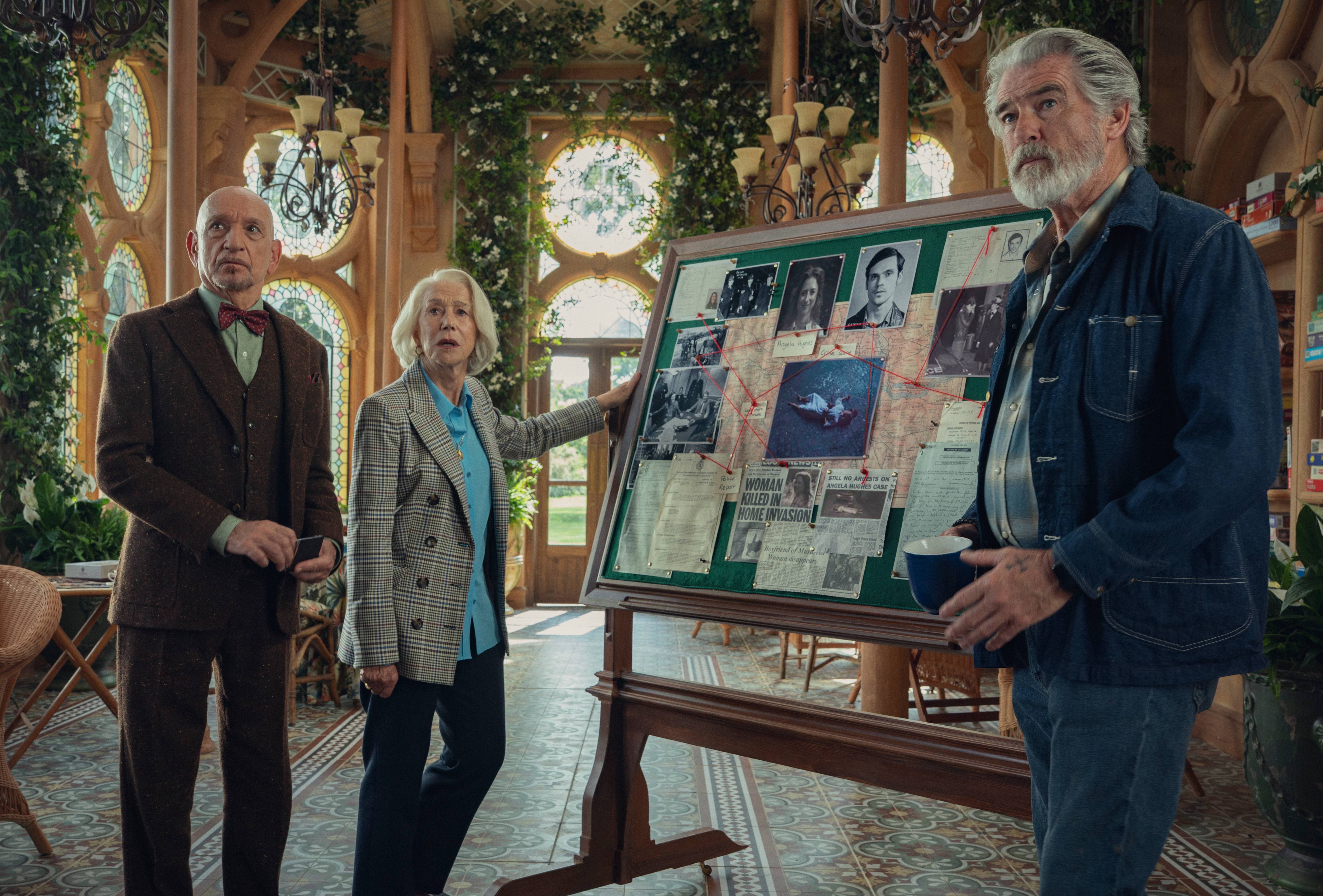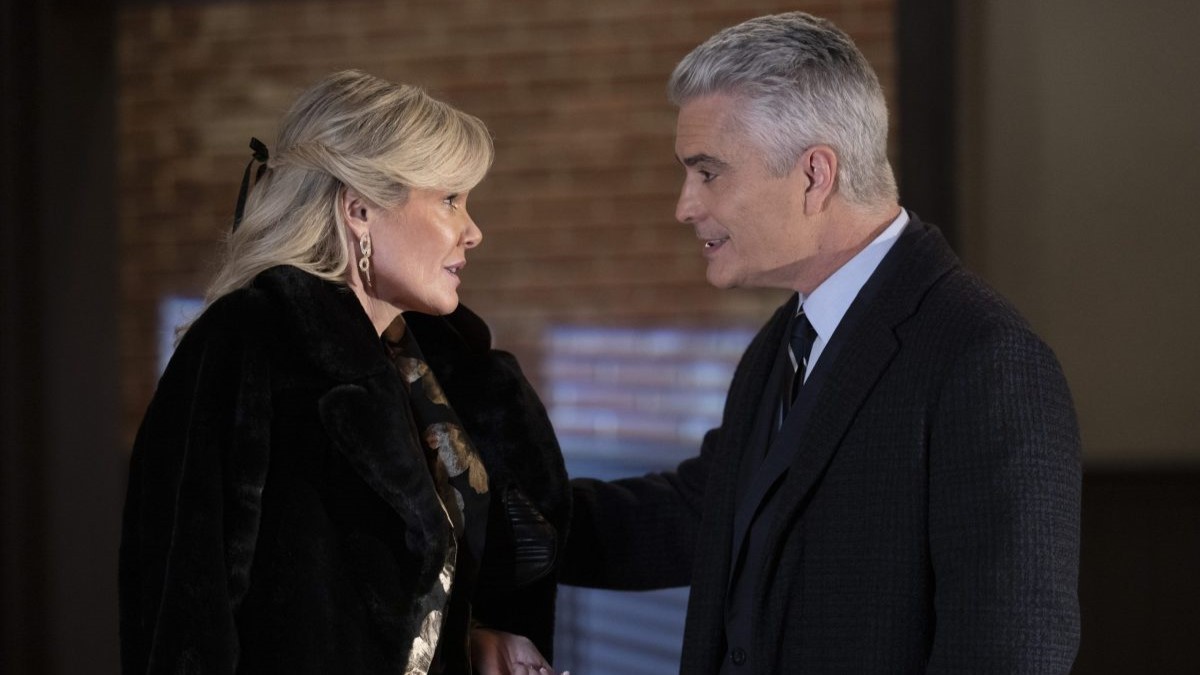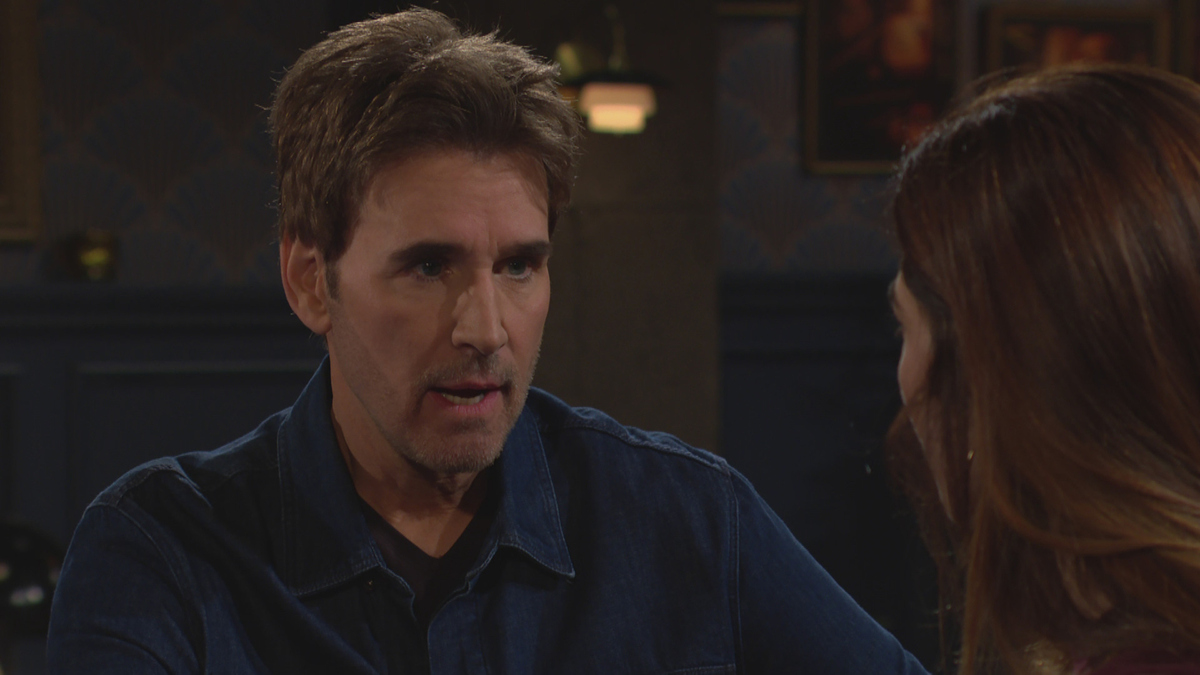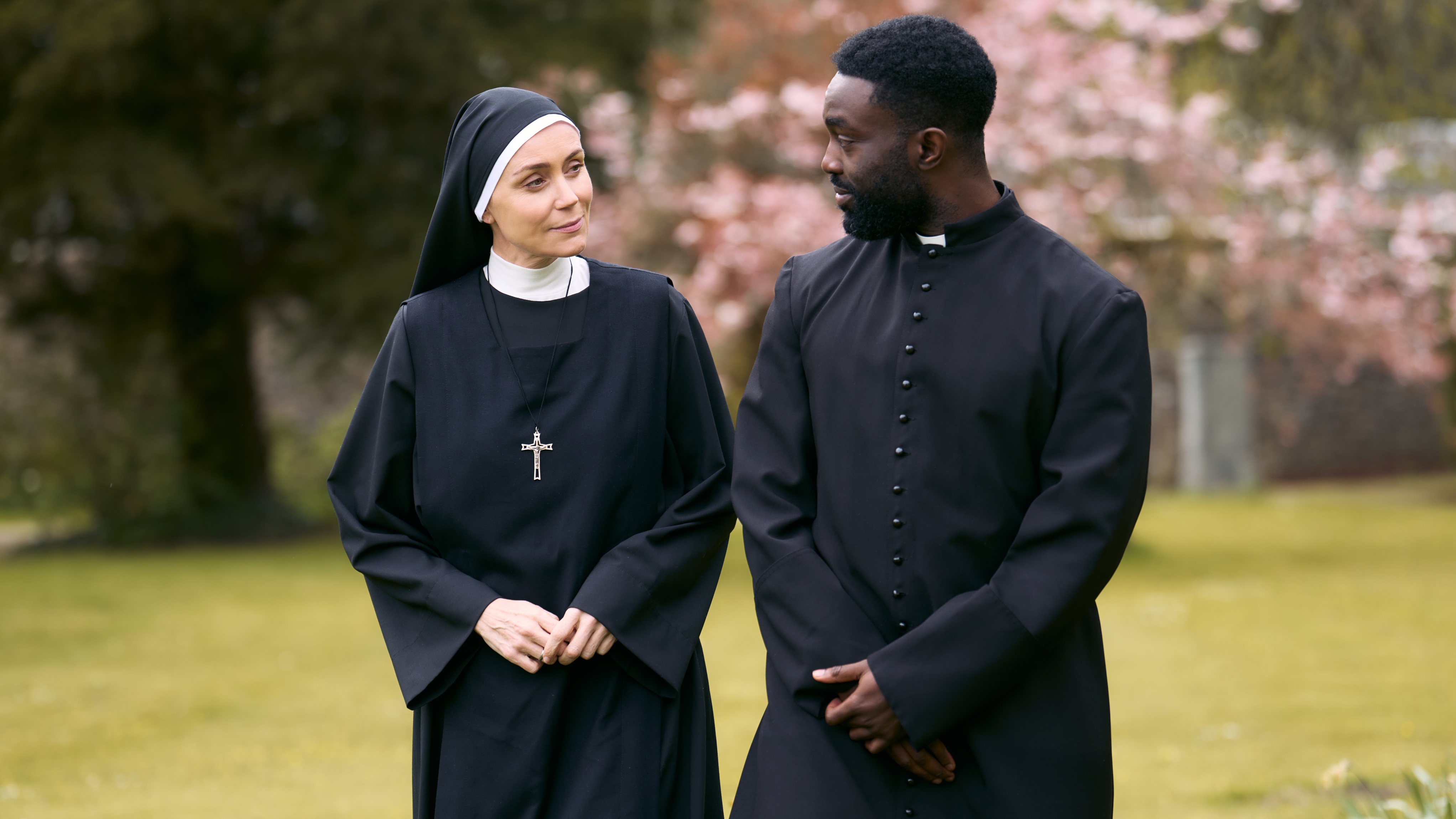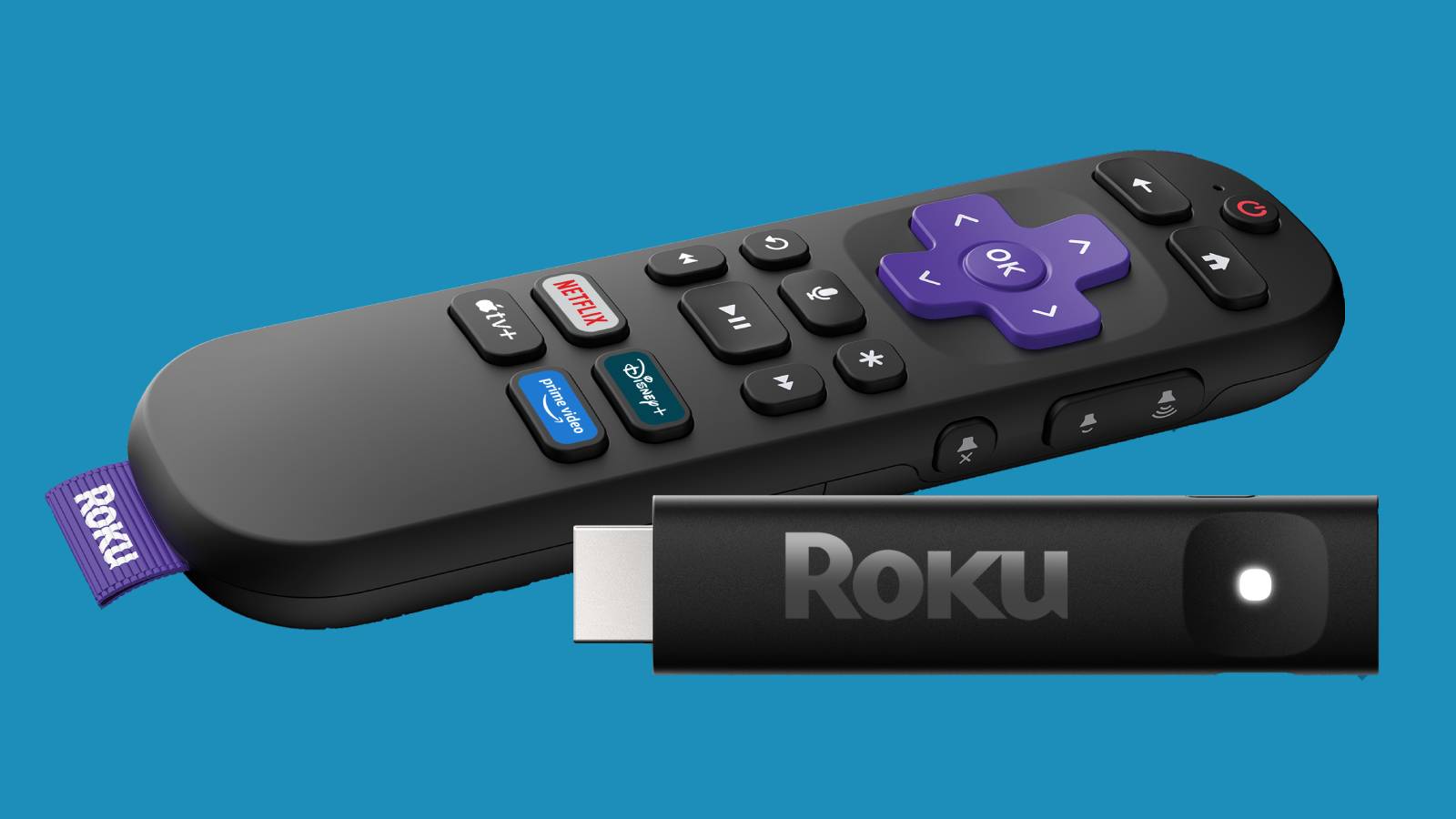X-Men Origins: Wolverine - Director Gavin Hood makes a blockbuster action movie with a social conscience
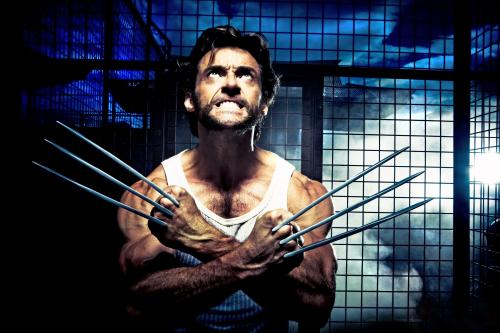
Gavin Hood has made the leap to the Hollywood big league with X-Men Origins: Wolverine, but he hasn’t left his social conscience behind. It’s his first time at the helm of a major studio blockbuster, but he doesn’t just want viewers to be thrilled by the sight of exploding helicopters and claw-slashing action; he hopes they’ll take away a positive message too.
The South African-born director made his mark on the international scene with his Oscar-winning Tsotsi (Best Foreign Language Film in 2006), the redemptive tale of a teenage street thug in a Johannesburg township. He then went on to direct Hollywood stars Jake Gyllenhaal, Reese Witherspoon and Meryl Streep in the political thriller Rendition, about the CIA kidnapping of an Egyptian-born man.
X-Men Origins: Wolverine, its budget estimated at $150 million, is on an altogether different scale to anything else in Hood’s filmography, but he still took pains to ensure that the movie reflected more enlightened views than you would usually expect to find in a Hollywood blockbuster, as I discovered when I met him in Los Angeles last month.
Speaking at a showcase for the film’s Blu-ray release, alongside producer Lauren Shuler Donner and Wolverine creator Len Wein, Hood revealed how he was eager for Hugh Jackman’s adamantine-clawed fighter to embody a very different type of male heroism than the ones he had grown up watching on screen - the kind of hero typified by Clint Eastwood’s remorseless, unfeeling avenger in Pale Rider (not “a good role model of masculinity”, Hood reckons).
“The X-Men characters do weird mutant things, but the action is always grounded in emotional truth,” Hood declared as he took his invited audience through some of the features on the film’s Blu-ray edition, which include deleted scenes he’d been sorry to lose from the final cut.
For Hood, the Blu-ray and DVD release is an opportunity to highlight his personal vision for the film, as I learned when I got the chance to quiz him more closely in a round-table interview after the presentation.
Finding a balance
Get the What to Watch Newsletter
The latest updates, reviews and unmissable series to watch and more!
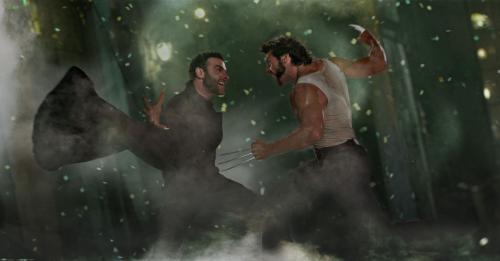
Gavin Hood: You can shine a little light on certain areas of the film and open up a discussion that you might not have been able to have amidst all the hype of ‘Isn’t this cool, and look at all those cool special effects’. Well, now we’ve got beyond cool. Let’s see if there’s anything underneath.
This was the biggest thing I’d ever taken on and I never realised how many different people had interests in this. It’s a massive franchise for the studio. It’s theirs. And then I realised what the difference between a ‘Gavin Hood film’ and a film directed by Gavin Hood is. I’d always made Gavin Hood films. Here I was directing the film for people who already had an enormous amount invested in a franchise and in its characters.
The challenge was finding a balance. It isn’t all or nothing. It’s a balance you’re constantly trying to strike between your own personal vision for a movie and having to fit in to an existing franchise.
You give a little and you take a little. Whereas when I made Tsotsi I gave nothing. But I didn’t have to because it was only 3 million bucks.
‘Whether they know it or not kids are still taking away a message’
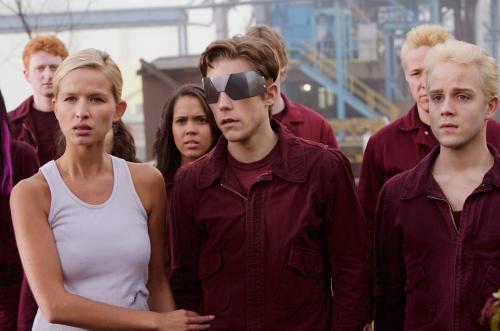
Gavin Hood: Young people, 12-22, are our target audience. They have to be with a movie of this scale. That’s why the studios have a need for a film of this scale to be a PG-13 movie.
That’s the parameter I was given. So, knowing that I wanted this movie to work for a young audience, how do you deal with the violence aspect? How do you approach the hero’s nature? What kind of person is he when you clear away all the action and glitz and glamour and spectacle?
Whether they know it or not kids are still taking away [a message] about the nature of the hero.
Do I want my little nephew to grow up thinking that it’s OK to lash out and kill people and never feel bad about your behaviour? No? Well Wolverine does feel bad.
Is Wolverine a rebuke to the politics of the Bush era?
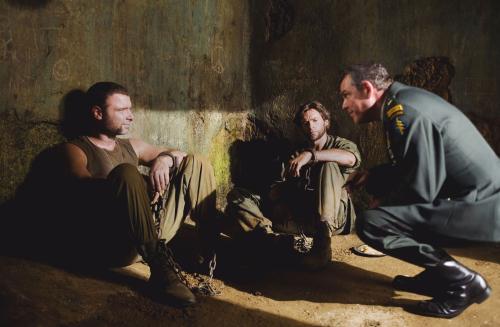
Gavin Hood: We have this line, which I have to say I thought the studio would balk at, but they either didn’t notice or didn’t care, where Stryker [the shadowy US major who recruits Wolverine to a black-ops team of mutant soldiers] says, “We have to take the fight to the enemy before the enemy takes the fight to us.” This is a pre-emptive strike! Oh, my God. What is this? This is the notion of pre-emptive action. And what I love is that this is a philosophy that is undone by the hero.
In a crucial scene [Spoiler alert], Wolverine sets free the young mutants who are being incarcerated in Guantanamo Bay-like conditions at Stryker’s base on Three Mile Island.
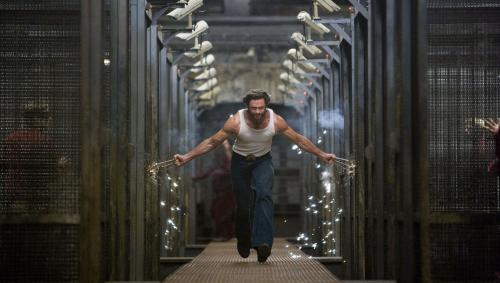
Gavin Hood: That was a funny thing because in the original script they were just locked in a room. And I was, ‘Locked in a room?’ What? They’re just stuck in a room and he just opens a door and lets them out? Come on, we’ve go to do something better than this.
And then we found this huge warehouse on Cockatoo Island in Sydney. Wow. This is production value. Giant space. High windows. And I’m going to throw Wolverine and Sabretooth out of these windows, land them on the floor, and have that moment between the two brothers where Sabretooth is taunting Wolverine to come over to the dark side.
The important moment there is that Wolverine withdraws the claws voluntarily, withdraws his claws and just sucker punches him. But then he goes to the cages and releases [the prisoners]. And I said to Hugh: ‘This is Christ in the temple, picking up the whip.’ And Wolverine, rather than taking up the whip, pulls out his claws and carves the cages open and just lets the detainees out.
But the way I sold it to the studios was, ‘Guys, we can’t just have them in a room. Can’t we, like, put them in a prison area? I’ve found this great space. It’s cheap. We just build some cages. You know, like dog kennels.’
‘OK. Let him build some dog kennels.’
Perfect!
Taking stuff in
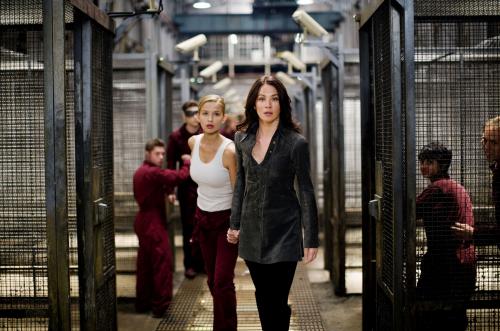
Gavin Hood: You know that young people watch these things without thinking overtly, but they’re taking stuff in. We think as parents that they’re just taking in fun action stuff, but it’s never just that. I see it now. I see it in my 2 year olds. And I see it in my nephew and niece, who are 11 and 14.
They’re taking stuff in. They’re taking in values. They’re taking in ways of behaving in the world.
What are the elements of experiencing emotion as a man? When I grew up you were supposed to suck it up, shut up and don’t be emotional. That was the message of the Pale Rider-type heroes and we all aspired to that. My problem was of course I wasn’t like that. I get upset. I want to talk.
When I grew up, you were meant to be tough, play rugby and never cry.
It was interesting to me to have a mainstream comic-book hero who didn’t conform to the stereotypical image of male hero that I grew up with.
Wolverine is an alternative type of hero, one who is concerned with his own morality and willing to walk away.
Is Wolverine you? Is that what you’re saying?
Gavin Hood: I don’t know if he’s me. I don’t have claws.
X-Men Origins: Wolverine is released by Twentieth Century Fox Entertainment on Blu-ray & DVD on 19th October.
A film critic for over 25 years, Jason admits the job can occasionally be glamorous – sitting on a film festival jury in Portugal; hanging out with Baz Luhrmann at the Chateau Marmont; chatting with Sigourney Weaver about The Archers – but he mostly spends his time in darkened rooms watching films. He’s also written theatre and opera reviews, two guide books on Rome, and competed in a race for Yachting World, whose great wheeze it was to send a seasick film critic to write about his time on the ocean waves. But Jason is happiest on dry land with a classic screwball comedy or Hitchcock thriller.
